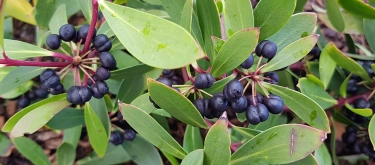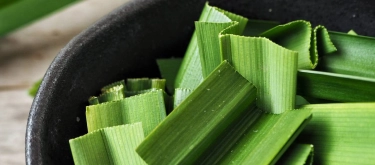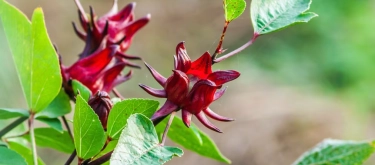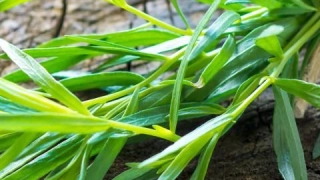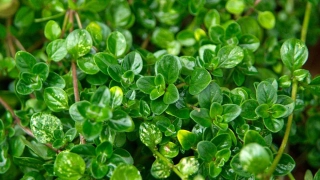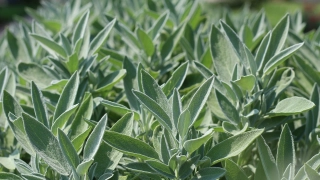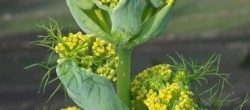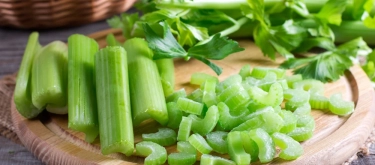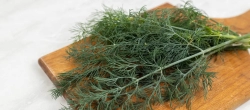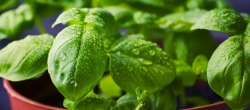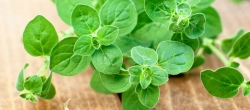Finger Saltbush: Taste Profile, Aroma, Benefits and Health Risks
Finger saltbush (Einadia hastata or Rhagodia spinescens) is a resilient native Australian plant found in semi-arid and coastal regions. Known for its slender, finger-like leaves and high salt content, this groundcover has been traditionally used by Indigenous Australians as a food and medicine source. It’s increasingly used in modern bushfood cuisine for its salinity and adaptability.
Finger saltbush is considered safe for consumption in culinary quantities. Like many salty native plants, overconsumption may contribute to excessive sodium intake. Avoid harvesting from polluted areas.
What does Finger Saltbush taste like?
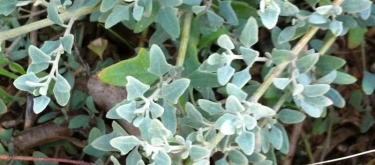
Complete Sensory Description:
The taste of finger saltbush is distinctly salty and herbaceous, reminiscent of sea parsley, spinach, and lightly brined olives. The leaves have a mildly bitter undertone balanced by a crisp, green freshness. The aroma is coastal and clean, evoking sea spray and dune herbs. The texture is firm and fleshy when raw; when cooked, it softens slightly while retaining its mineral salinity. Visually, finger saltbush leaves are elongated, narrow, and grey-green, often dusted with fine salt crystals.
In-depth Flavor Analysis:
The salty taste comes from natural accumulation of sodium and potassium salts in the plant’s tissues, a trait of halophytes. Chlorophyll, betaine, and carotenoids contribute to its deep green vegetal taste. Trace alkaloids and phenolic acids give it a subtle bitterness, while succulence enhances mouthfeel and juiciness. When blanched or sautéed, some bitterness dissipates, and umami qualities are revealed.
Flavour Variations Depending on Preparation and Maturity:
-
Young shoots: Mild and tender, best for raw dishes or garnishes.
-
Mature leaves: Stronger in salt and tougher — ideal for cooking or pickling.
-
Raw: Bright, salty crunch with mild bitterness.
-
Cooked: Earthier and more rounded; pairs well with olive oil and lemon.
-
Pickled: Intense briny tang; excellent in antipasto or as a condiment.
Varieties and Culinary Applications:
Several species of saltbush exist in Australia, with finger saltbush being notable for its manageable size and clean flavor. Used in native pesto, as a salt replacement, or sautéed like spinach, it’s a staple in modern native herb blends. Chefs also use it dried and crumbled as a seasoning or crusting agent for meats and seafood.
Selection and Storage:
Choose firm, undamaged leaves free of yellowing. Store fresh saltbush in a sealed container in the fridge for 3–5 days. Dried leaves retain their flavor and can be stored for months in airtight jars.
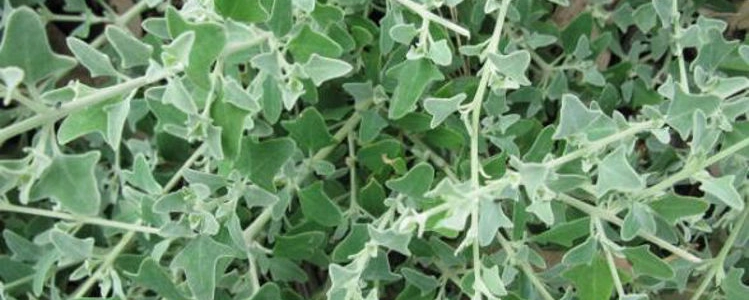
Nutritional Insights:
Finger saltbush is high in dietary fiber, minerals like magnesium and iron, and trace antioxidants. It supports hydration and mineral replenishment in hot climates. Traditional use includes aiding digestion and wound care.
Culinary Insights & Presentation Tips:
Saltbush enhances both visual presentation and salt balance in dishes:
-
Use fresh leaves as a bold garnish on seafood or cured meats.
-
Sauté with garlic and oil for a native twist on wilted greens.
-
Crumble dried leaves over roast vegetables or into doughs.
-
Combine with lemon myrtle or native thyme in herb rubs.
-
Its silver-green hue contrasts beautifully with bright orange or red ingredients.
Interesting and Curious Facts:
-
Saltbush species are used in land rehabilitation and salinity control.
-
The plant’s salty flavor helped preserve Indigenous foods before refrigeration.
-
It’s being researched as a low-maintenance crop for arid zones.
Harm and Dietary Considerations:
Generally non-toxic and well-tolerated. Due to its salt load, it’s best consumed in moderation by those on sodium-restricted diets. Avoid overharvesting from wild populations.
Religious Dietary Considerations:
Finger saltbush is plant-based and accepted in all major dietary systems including Halal, Kosher, vegan, and vegetarian.
Phytochemical Composition & Functional Properties:
Contains sodium salts, flavonoids, saponins, and betaine — compounds linked to electrolyte regulation, antioxidant activity, and liver protection. The plant’s mucilage may support gut health and hydration.
Interactions with Other Flavors (Flavor Pairing Science):
Its briny and herbaceous notes pair well with lemon, garlic, rosemary, and seafood. Complements acidic dressings and ferments. Works as a contrast to sweet elements like roasted pumpkin or fig.
Cultural & Regional Uses Around the World:
Though native to Australia, similar halophyte greens are used in Mediterranean and Middle Eastern cuisines (e.g., agretti, samphire). In Australia, saltbush is central to bush tucker and contemporary Indigenous food sovereignty efforts.
Final Thoughts & Sensory Journey:
Finger saltbush is a living expression of Australia’s edible landscape — hardy, clean, and brimming with character. Its ability to bring texture, flavor, and nutrition makes it a vital element in native culinary revival.
Resources:
-
Australian Native Food Harvest by Julie Weatherhead (2015). ISBN: 9780646930093
-
Bush Food: Aboriginal Food and Herbal Medicine by Jennifer Isaacs (1987). ISBN: 9780701819234
-
Australian Weeds and Native Plants by David Keane (2002). ISBN: 9780731810583
-
Functional Foods of the East edited by K. G. Ramawat (2011). ISBN: 9781461403598

